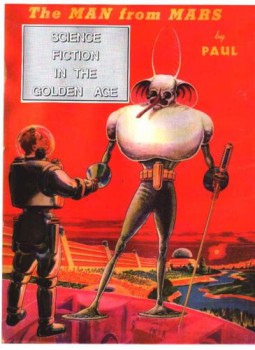The Winter Triptych, Papaveria Press, and Doctors Without Borders
![]() Have you read Nicole Kornher-Stace’s wickedly twisted fairy tale retelling The Winter Triptych?
Have you read Nicole Kornher-Stace’s wickedly twisted fairy tale retelling The Winter Triptych?
I have, and this is what I had to say about it.
“Nicole Kornher-Stace ‘The Winter Triptych’ is an icily glittering marvel of storytelling construction. This wicked tale of evil queens, mad huntsmen, martyred witches and a terrible curse that unfolds over a century executes its sleight-of-hand in diabolical layers. The immediate tableau before your eyes never flags as it pulls you in with its sweeping cast of characters, coldly terrifying villains and earnestly compelling heroines. And underneath it all, piece after piece locks and turns into place, until the entire triptych unfolds in a stunning revelation of inexorable fate, time-bending wonder and blood-curdling horror. I hold Nicole in both awe and envy: at the start of her career, she has already produced a masterwork.”
Although it’s hard to beat this line from Black Gate editrix C.S.E. Cooney:
Nicole Kornher-Stace plays with Time like it was her very own Tetris game.
 But you don’t have to take our word for it. You can check out check out this review from Tori Truslow at Sabotage And this one from the indomitable Charles Tan of Bibliophile Stalker.
But you don’t have to take our word for it. You can check out check out this review from Tori Truslow at Sabotage And this one from the indomitable Charles Tan of Bibliophile Stalker.
You can order it directly from the website of the publisher, Papaveria Press, or, if you don’t want to wait on overseas snail mail, you can snag it for your Kindle.
 If you buy the book now, or buy anything from the Papaveria Press website, you’re helping out a good cause. Nicole is currently donating all her royalties from book sales to Doctors Without Borders. That includes both The Winter Triptych and her challenging debut novel, Desideria, which Booklist called “exceptionally well-crafted” and “spellbinding.”
If you buy the book now, or buy anything from the Papaveria Press website, you’re helping out a good cause. Nicole is currently donating all her royalties from book sales to Doctors Without Borders. That includes both The Winter Triptych and her challenging debut novel, Desideria, which Booklist called “exceptionally well-crafted” and “spellbinding.”
Erzebet YellowBoy Carr, the totally awesome artist behind Papaveria Press, is doing likewise. Aside from many beautiful handbound volumes from the likes of Hal Duncan and Catherynne M. Valente, Papaveria published Amal El-Mohtar’s The Honey Month and C.S.E. Cooney’s own Jack o’ the Hills.
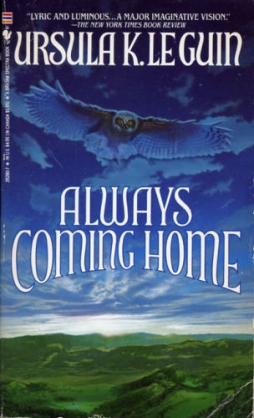 These past two weeks I’ve found myself writing here about science fiction, or speculative fiction, as the literature of ideas. It seems to me that ‘the literature of ideas’ implies something other than what we normally find in sf; I feel that it suggests writing that uses ideas to establish the structure of a work, instead of relying on traditional narrative. I’ve found a couple of early examples in Olaf Stapledon’s Star Maker and Jack London’s The Iron Heel. As a way to wrap up the discussion, I thought this week I’d look at a more recent example of what I mean by the literature of ideas: Ursula Le Guin’s Always Coming Home.
These past two weeks I’ve found myself writing here about science fiction, or speculative fiction, as the literature of ideas. It seems to me that ‘the literature of ideas’ implies something other than what we normally find in sf; I feel that it suggests writing that uses ideas to establish the structure of a work, instead of relying on traditional narrative. I’ve found a couple of early examples in Olaf Stapledon’s Star Maker and Jack London’s The Iron Heel. As a way to wrap up the discussion, I thought this week I’d look at a more recent example of what I mean by the literature of ideas: Ursula Le Guin’s Always Coming Home.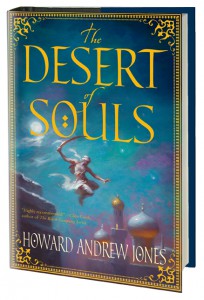
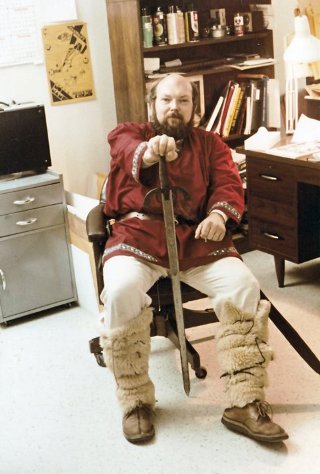

 Here is how this morsel describes himself:
Here is how this morsel describes himself: 


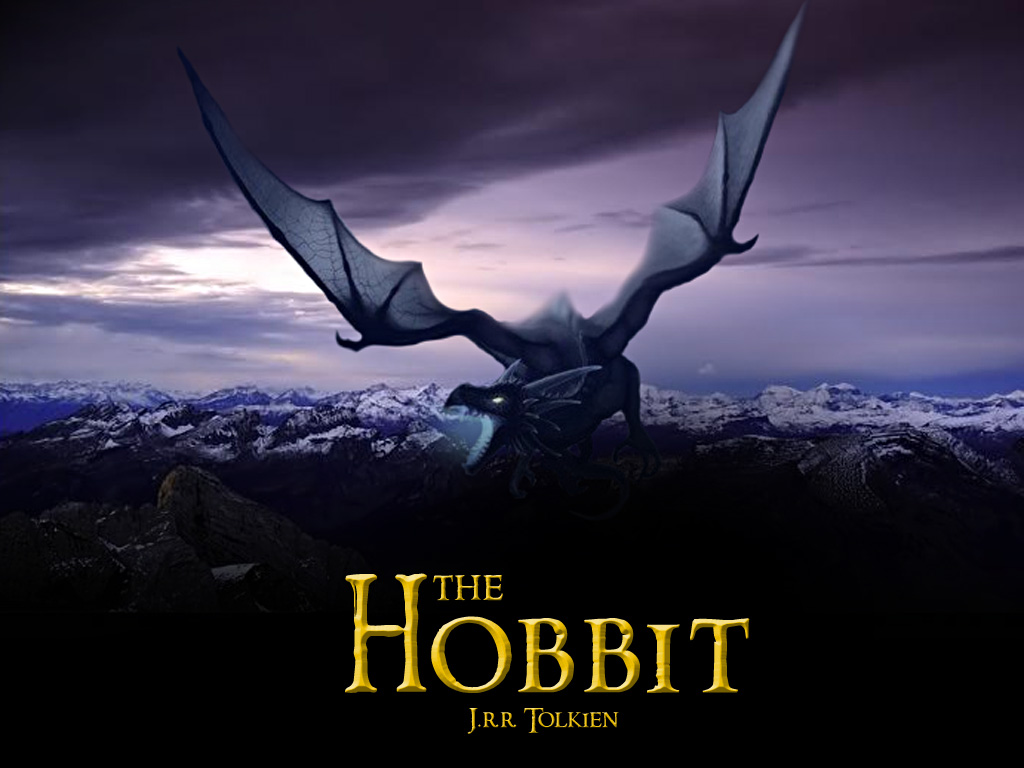
 You can read my
You can read my 